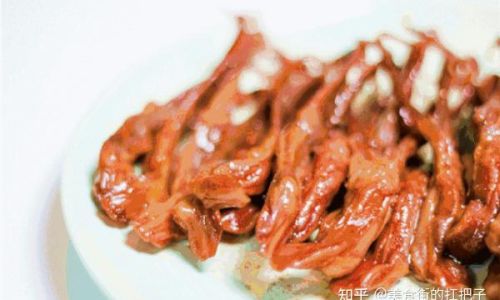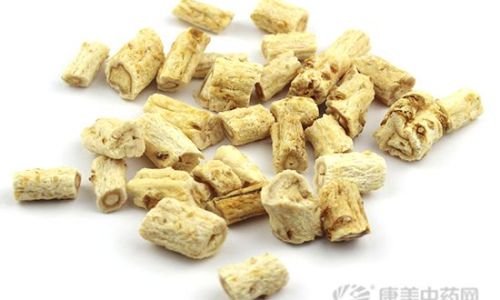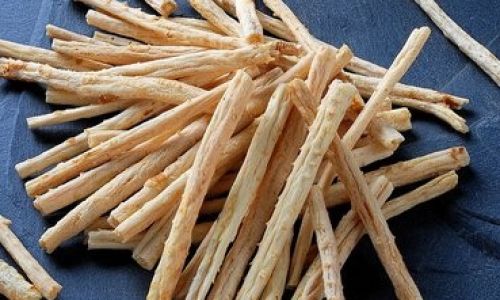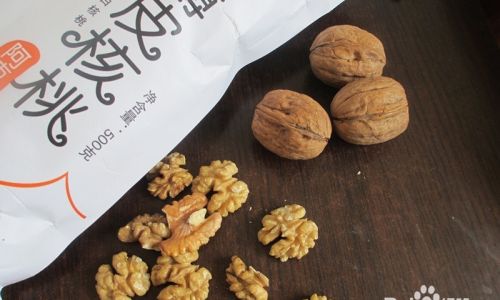Introduction
Wenzhou duck tongue, a culinary delight hailing from the city of Wenzhou in China’s Zhejiang province, is renowned for its delicate texture, rich flavor, and intricate preparation process. This dish is often associated with high-end dining experiences and is a staple in many Chinese restaurants worldwide. However, with the right ingredients and techniques, you can recreate this exquisite delicacy at home. In this comprehensive guide, we’ll walk you through the step-by-step process of making homemade Wenzhou duck tongue, ensuring you achieve that authentic, mouthwatering taste.
Understanding Wenzhou Duck Tongue
Before diving into the recipe, it’s essential to understand what makes Wenzhou duck tongue unique. This dish is characterized by its tender, almost melt-in-your-mouth texture, combined with a deep, savory flavor enhanced by a blend of spices and seasonings. Traditionally, Wenzhou duck tongue is slow-cooked to perfection, allowing all the flavors to meld together and the meat to become incredibly tender.
Ingredients and Tools Needed

To make homemade Wenzhou duck tongue, you’ll need a combination of fresh ingredients, spices, and specialized tools. Here’s a detailed list:
Ingredients:
- Fresh duck tongues (about 1-1.5 pounds, depending on serving size)
- Ginger (a few slices, plus some for garnish)
- Garlic (cloves, minced)
- Scallions (chopped, for garnish)
- Star anise (2-3 pods)
- Cinnamon sticks (1-2)
- Cloves (a handful)
- Sichuan peppercorns (a teaspoon)
- Rock sugar (a few pieces, or to taste)
- Light soy sauce (for marinating and cooking)
- Dark soy sauce (for color and flavor)
- Shaoxing wine (or dry sherry, for added depth)
- Chicken or vegetable broth (enough to cover the duck tongues)
- Sesame oil (for garnish)
- White pepper (to taste)
- Cooking oil (for frying)
Tools:
- Large pot or wok
- Tongs or kitchen tweezers (for handling the duck tongues)
- Strainer
- Mixing bowls
- Knife and cutting board
- Measuring cups and spoons
- Ladle
- Steamer (optional, for steaming the final dish)
Preparation Steps
Step 1: Cleaning and Preparing the Duck Tongues
Begin by thoroughly cleaning the duck tongues. Rinse them under cold running water to remove any impurities or blood. Use a sharp knife to trim off any excess fat or sinew. Pat the duck tongues dry with paper towels to ensure they cook evenly.
Step 2: Blanching the Duck Tongues
Bring a large pot of water to a rolling boil. Add a few slices of ginger and a splash of Shaoxing wine to the water to help remove any腥味 (fishy smell) from the duck tongues. Blanch the duck tongues for about 2-3 minutes, then remove them using a strainer and plunge them into ice water to stop the cooking process. This step helps to tighten the skin and firm up the texture of the duck tongues.
Step 3: Marinating the Duck Tongues
In a mixing bowl, combine a few tablespoons of light soy sauce, a teaspoon of dark soy sauce, a splash of Shaoxing wine, and a pinch of white pepper. Add the blanched duck tongues to the marinade, ensuring they are well-coated. Let them marinate for at least 30 minutes, preferably refrigerated, to allow the flavors to penetrate the meat.
Step 4: Preparing the Aromatics and Spices
While the duck tongues are marinating, prepare your aromatics and spices. Slice the remaining ginger into thin strips, mince the garlic, and set aside. Gather the star anise, cinnamon sticks, cloves, and Sichuan peppercorns in a small bowl.

Step 5: Cooking the Duck Tongues
Heat a large pot or wok over medium-high heat and add a tablespoon of cooking oil. Once the oil is hot, add the sliced ginger, minced garlic, and all the spices (star anise, cinnamon sticks, cloves, and Sichuan peppercorns). Stir-fry for about 1-2 minutes until fragrant.
Add the marinated duck tongues to the pot, along with the rock sugar, and stir to combine. Pour in enough chicken or vegetable broth to just cover the duck tongues. Add another splash of Shaoxing wine, a few tablespoons of light soy sauce, and a teaspoon of dark soy sauce for color. Bring the mixture to a boil, then reduce the heat to low and let it simmer gently.
Step 6: Slow-Cooking the Duck Tongues
Cover the pot and let the duck tongues simmer for about 1-1.5 hours, or until they are tender and cooked through. During this time, you may need to skim off any foam or impurities that rise to the surface. Check the liquid level occasionally, adding more broth if necessary to keep the duck tongues submerged.
Step 7: Finishing the Dish
Once the duck tongues are tender, taste the broth and adjust the seasoning with more soy sauce, sugar, or Shaoxing wine if needed. Remove the pot from heat and let it cool slightly. Using tongs or kitchen tweezers, carefully transfer the duck tongues to a serving dish, arranging them neatly.
Step 8: Garnishing and Serving
For an extra touch of elegance, you can steam the duck tongues for a few minutes before serving to give them a glossy finish. Garnish with chopped scallions, a drizzle of sesame oil, and a few slices of fresh ginger. Serve the duck tongues warm or at room temperature, accompanied by steamed rice or your favorite side dishes.
Conclusion
Making homemade Wenzhou duck tongue may seem like a daunting task, but with patience and attention to detail, you can achieve a dish that rivals the best restaurants. The slow-cooking process is key to developing the rich, savory flavors and tender texture that define this culinary masterpiece. Enjoy your homemade Wenzhou duck tongue as a special occasion dish or a delightful treat for family and friends. With this recipe, you’ll have the satisfaction of knowing you crafted an authentic, delicious Wenzhou delicacy from scratch.





0 comments